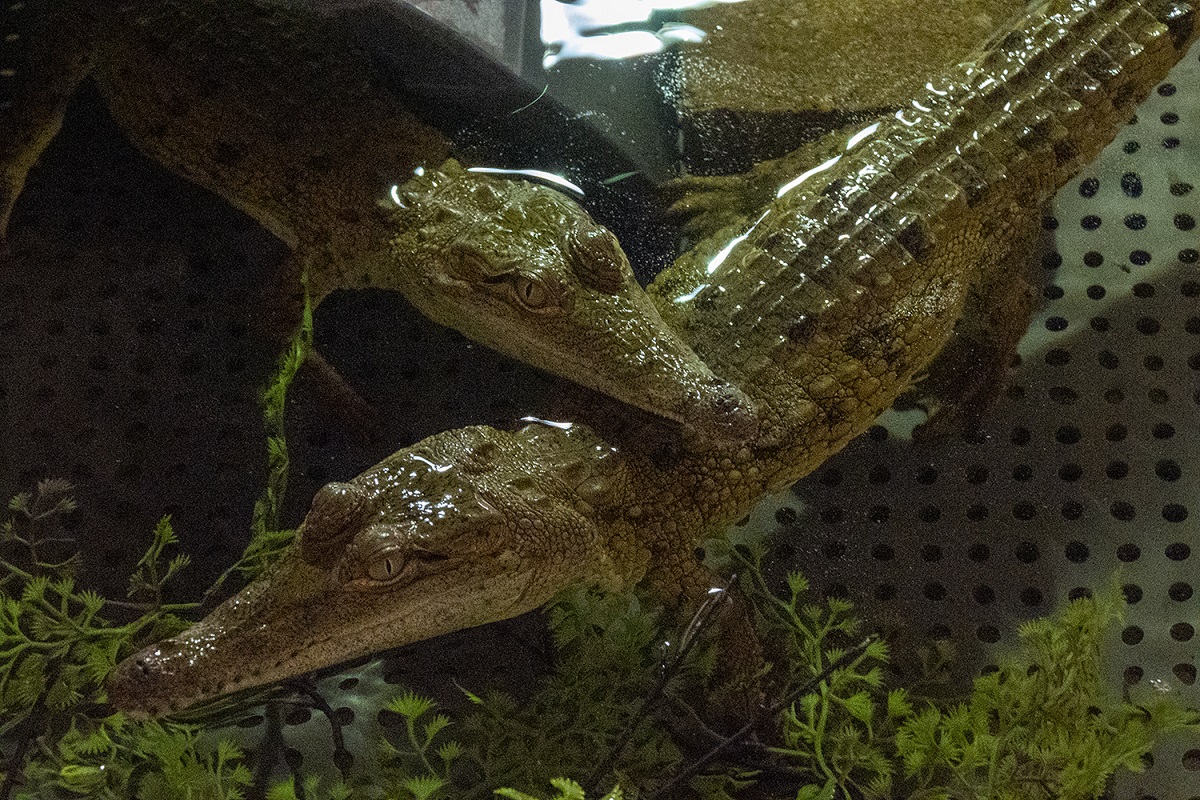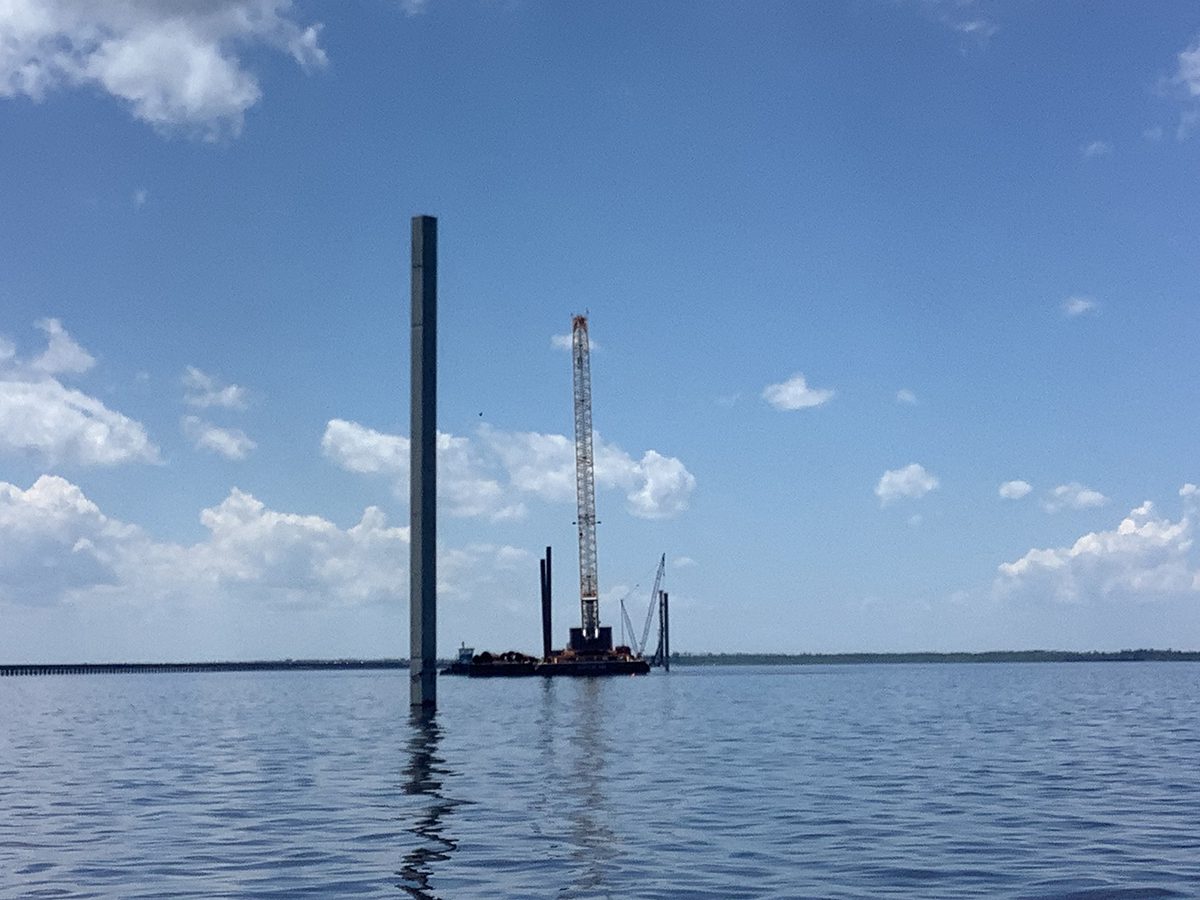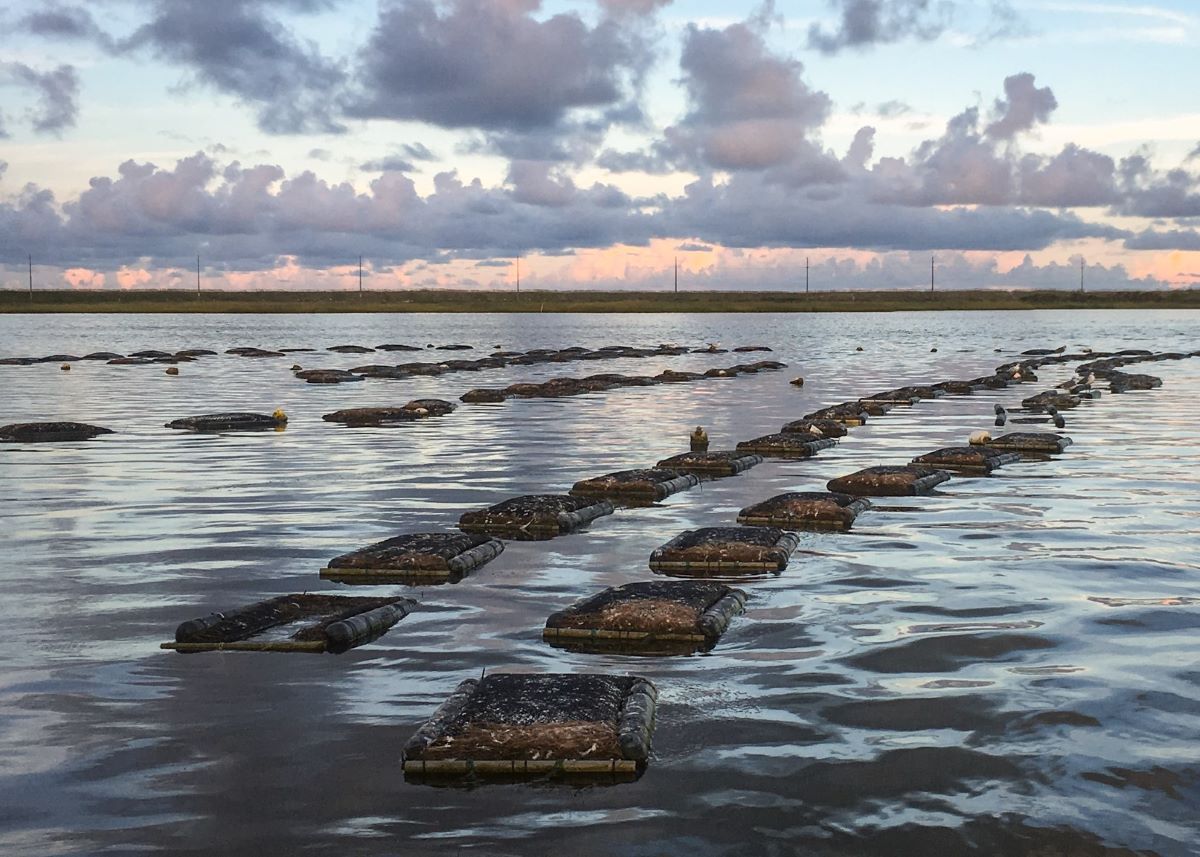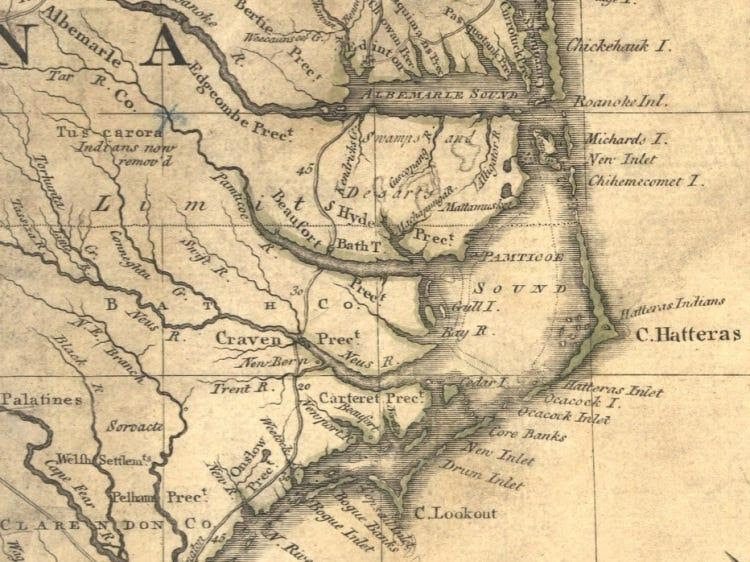
The North Carolina Aquarium at Pine Knoll Shores is raising two critically endangered Orinoco crocodile hatchlings until they are big enough to be returned to the wilds of their native habitat in Venezuela.
The two crocodiles arrived at the aquarium in mid-May and have been kept behind the scenes as they adapt to their new surroundings. Visitors can check in on the crocodiles when their exhibit, Journey to the Orinoco, opens later this month.
Sponsor Spotlight
The Orinoco crocodile, the largest crocodilian species in the Western Hemisphere, is on the brink of extinction.
The aquarium professional animal care team is raising the two Orinoco crocodiles for about two years until they are big enough to be returned to the wilds of their native habitat in Venezuela as part of a conservation effort, Project Return to the Llanos. The goal is to help preserve the crocodiles through a breeding and release program.
“This program presented us with a unique opportunity to help save a critically endangered species. While we tend to focus on North Carolina animals, we know that it takes all of us working together to help protect the diversity of animals found around the world. We are honored to be entrusted with their care,” said Liz Baird, director of the aquarium, in a statement.
The new exhibit will feature a crocodile habitat specific to the needs of the juvenile reptiles. There will be information about the crocodiles, their special characteristics, see timelines for conservation efforts, and learn ways to help species of concern like the Orinoco crocodiles as well as species closer to home.
Sponsor Spotlight
Native only to the Orinoco River system in the Llanos of Venezuela and the Meta River system in Colombia, overhunting, habitat loss, and pollution have pushed this animal to the brink of extinction.
“Our American alligators were also once threatened with extinction, and we now see the successful recovery of that species. We must continue to protect habitats and reduce pollution to keep both the Orinoco crocodile and American alligator safe,” said Baird.
In the early 1970s there were an estimated 3 million Orinoco crocodiles, sometimes called “O-crocs,” living in their natural range, but by the early 2000s there were only 1,500 believed to be left in Venezuela and less than 200 in Colombia.
The aquarium joins the Association of Zoos and Aquariums, Gladys Porter Zoo, Zoo Miami, and The Dallas World Aquarium in this global conservation effort to save the critically endangered crocodile through the program that hopes to increase the wild population.
“The greatest challenge for projects like Return to the Llanos is not producing offspring, it’s rearing enough hatchlings to a size that can be successfully reintroduced to the wild. One facility would not be able to raise enough on its own. This is where we can help,” said Fred Boyce, herpetologist for N.C. Aquarium at Pine Knoll Shores.
“Raising enough hatchlings to be released into the wild becomes an all-hands-on-deck situation requiring active participation from many accredited zoological zoos and aquariums,” Boyce said. “We are so honored and excited to be able to care for these exquisite creatures as well as share their incredible story with our visitors. We hope that we can spark curiosity in our visitors to learn more, as well as a desire to help protect these and other crocodilian species.”







